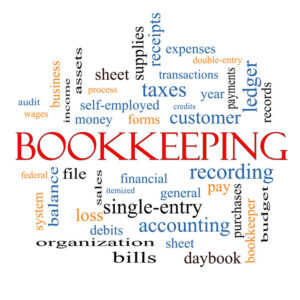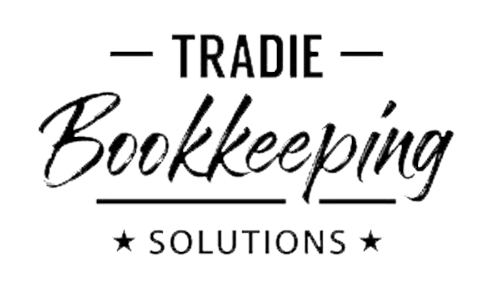What business financial health and the QBCC MFRs have in common
The answer is simple: good financial administration systems.
Quite a few tradie businesses are experiencing business upheavals at the moment with QBCC compliance issues. While bookkeeping and accounting are regarded as necessary evils for many business owners (yes, we know we’re not always the flavour of the month), the QBCC is also upsetting the apple cart by introducing the Minimum Financial Requirements (MFR) for all QBCC licence holders.
The news about bigger companies in the construction industry that have been caught out by non-compliance issues relating to their QBCC licence keeps coming. So you wonder what the QBCC is actually doing and many are asking if it is overstepping its mandate as a regulator?
There are those who genuinely support the new regime, and then there are those who seem to have a litany of complaints against it. In any case, the QBCC is clearly interested to know how healthy your business finances are.
The reporting process asks for data on maximum revenue thresholds and asset vs liability ratios so that they can assess how healthy your business is financially. I believe that it’s a step in the right direction when the QBCC is putting measures in place to protect the more vulnerable group of subcontractors (yes, that’s you, Tradies) and the end consumer.
These measures can help avoid that bigger players in the industry transfer the financial risk of their operations to sub-contractors down the line, and ultimately the end consumer. When a construction company collapses it’s not just their workers, but also people who were involved as contractors or customers, who lose along the way.
So let’s have a look what the QBCC is focusing on when assessing current assets vs liability ratios and maximum revenue.
Real Revenue vs Total Income
When you’re required to declare your maximum revenue to the QBCC via self-certification, you’ll be using the Total Income figure to estimate the maximum revenue for the financial year. The way that the QBCC then assesses this figure is by looking at your assets and liabilities to calculate the current ratio, which can never be under 1:1, if you want to get a pass. Be careful what assets you include in your reporting, as it depends on your business structure what’s allowable.
While this gives the QBCC a gauge to rate the financial health for your business, it’s not a reliable tool to assess how your business cashflow is going. Real Revenue is a much better measure to assess your profitability. Real Revenue is Total Income minus the cost of materials and subcontractors (Mats & Subs).
Here’s the good news: In order to comply with the MFRs you’ll need to have good financial systems in place, the same financial administration systems that will allow you to make informed management decisions and run a successful business.
As Profit First Professionals, we recommend that you look at your business financials holistically. Set up your systems with a view to pay yourself first. Here’s a brief look at the formula, which will put you in a position to always confidently report on your business financials.
Sales – Expenses = Profit
This is the traditional method of calculating profit. In this equation what’s meant by Profit is your net profit. The QBCC is not asking for the net profit figure because it won’t tell them that your business can weather any financial storms, ie pay out on all liabilities incurred in case of a business failure.
Sales – Profit = Expenses
This is the reverse of the previous equation, encouraging business owners to prioritise the level of profit they want to achieve and find a way to manage with the level of expenses they have left to work with. More importantly it is changing your mindset around profit.
In the case of QBCC reporting, you’ll be using the combined figures of sales and profit. The kicker is that it will not just suit the QBCC reporting requirements, it will suit the financial management needs of you, the business owner even more.
Cashflow vs Profitability
The requirement for businesses to report under the MFRs is NOT a guarantee of contractor solvency, ie that the company always has the cashflow to pay their employees, suppliers and creditors. This is largely an issue of positive cashflow which the business owner needs to keep a close eye on.
Profitability is an accounting concept and won’t help you when you can’t pay your suppliers or employees. As suggested above, we recommend that you pay yourself first and look at profit in a whole new light, one that allows you to see it clearly, not through the lens of accrual accounting.
Are your financial systems in good shape? Are you confident that you can produce accurate quarterly reports to the QBCC? If you have any doubts contact us for a FREE QBCC Compliance Check.
Copyright © TradieBookkeepingSolutions.com.au
